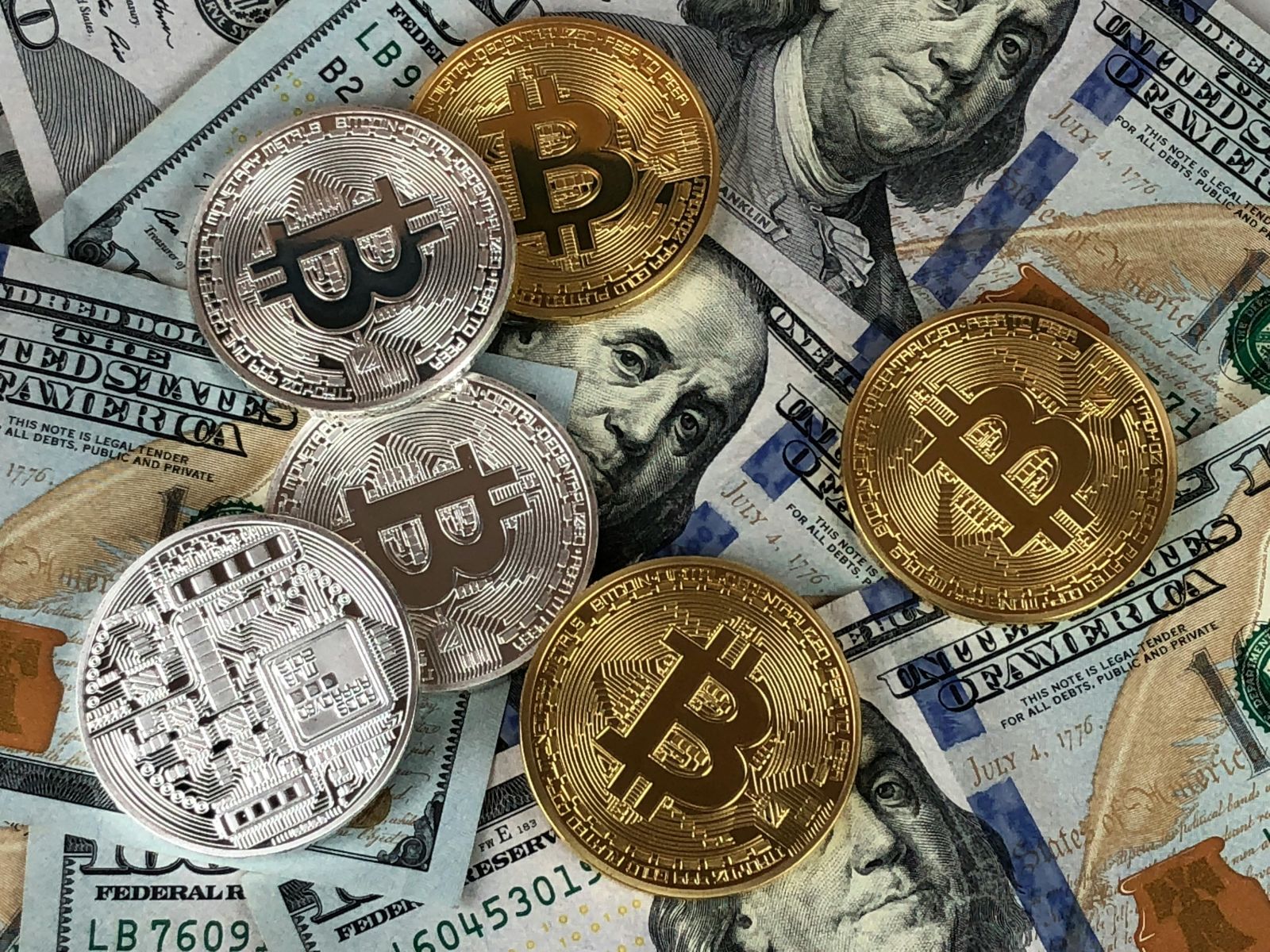
- While the US Federal Open Market Committee may not be as aggressive in its upcoming interest rate hikes, the fact these increases will continue could be enough to provide fundamental support to the US dollar.
- Both the indexes daily and weekly charts are showing newly established uptrends, indicating renewed investment buying could be seen.
- The long-term monthly chart is where things could get interesting, though, given enough time.
Looking through the archives of my page on Barchart I see it has been a while since I talked about the US dollar index ($DXY). When last we spoke on the subject it was in the context of a discussion on normal business cycles, focusing on US Treasuries and the commodity complex. By default that includes the dollar, but this morning I want to look at the USDX specifically, using the Goldilocks Principle[i].

Let’s start with the greenback’s daily chart. Monday’s strong rally pushed the USDX to a new 4-day high, an important reversal in momentum that confirms a new short-term 5-wave uptrend is in place. The previous 4-day high was 107.24, with the index hitting 107.99 to start this holiday-shortened week. However, given the lack of follow-through buying interest this fine Turnaround Tuesday, Monday’s high could also be the Wave 1 peak. If so, Wave 2 could retrace roughly 80% of Wave 1 putting a short-term downside target near 105.90. If and/or when the USDX gets back to that level, it could spark a round of buying ahead of the next Federal Open Market Committee meeting on December 13 and 14. For what it’s worth, I would expect a 50-basis point increase in December.

The USDX weekly chart is a bit trickier. Here we see last week’s activity clearly completed a bullish spike reversal confirming a move to an intermediate-term uptrend. Even though weekly stochastics did not establish a bullish crossover below the oversold level of 20%, if we apply the Horseshoe Proximity[ii] the argument could be made the signal a new uptrend was coming was given and then confirmed by the spike reversal. Furthermore, if we squint our eyes just right we can imagine we see a 3-wave downtrend with the third wave bottoming out last week. Given the USDX still has bullish fundamentals, in other words expectations for another interest rate hike next month, the upside target area for the new intermediate-term uptrend would be between roughly 110.00 and 111.00.

The greenback’s long-term monthly chart is also interesting. Monthly stochastics established a bearish crossover above the overbought level of 80% at the end of September (the most recent in a series dating back to November 2021), again signaling the long-term trend should be turning down soon. However, I’m not seeing a clear reversal pattern that would confirm a new long-term downtrend is in place. The USDX got close this month with its low of 105.34 within sight of the previous 4-month mark of 104.64, but as we head into the final days of November the likelihood of a new 4-month low becomes less. Therefore, the most we can say at this time is the long-term trend may be sideways until it either confirms a new downtrend or takes out its high of 114.78 from this past September.
In a nutshell then: We could see a short-term pullback within the new uptrend (too hot), all part of a normal 5-wave intermediate-term uptrend. Long-term, we may be in a wide sideways range for the foreseeable future (too cold).
[i] The Goldilocks Principe tells us daily charts are too hot, monthly charts are too cold, but weekly charts are just right.
[ii] When it comes to market analysis, sometimes close is close enough.
More Forex News from Barchart
- Stocks Higher on Corporate Earnings and Lower Bond Yields
- Dollar Gains on Higher T-note Yields and Safe-Haven
- Stocks Lower on Chinese Covid Concerns
- Dollar Gains on Higher T-note Yields


/A%20concept%20image%20of%20space_%20Image%20by%20Canities%20via%20Shutterstock_.jpg)
/A%20concept%20image%20of%20a%20flying%20car_%20Image%20by%20Phonlamai%20Photo%20via%20Shutterstock_.jpg)


